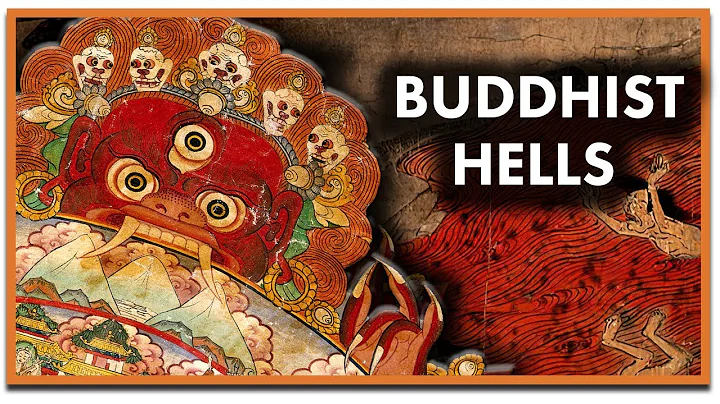Buddhist scriptures divide the world into four stages: formation, residence, destruction, and emptiness, or four kalpas. Tribulation is translated as hour, big time, long time. This big time cannot be calculated by ordinary years, months and days. A very small time is an instant, and an extremely long time is a calamity. From the infinite years of human life (eighty-four thousand years), one year is reduced every hundred years, and so it is reduced to ten years; from ten years, one year is added every hundred years, and so it is increased to eighty-four thousand years.
This one increase and one decrease is a small kalpa, which is 16.8 million years. Twenty small kalpas constitute one middle kalpa, and the middle kalpa is further divided into four kalpas of dwelling and destruction. There are twenty increases and decreases in the kalpa, which is 336.6 million years. The same is true for living in bad emptiness. There are four intermediate kalpas with a total of eighty increases and decreases, which means that there are 1.344 million years as one big kalpa.
Chengjie
Chengjie was the first issue when the world was established. In the first one small kalpa, it becomes the world of objects, and in the last nineteen small kalpas, it becomes the world of sentient beings. All sentient karma increases in power, subtle winds gradually arise in the sky, the winds gradually become stronger and stronger, and even the golden wheel is established. At the beginning of the kalpa, there was a sentient being who descended from the Light Sound Heaven (Aurora Pure Heaven) and was born in the Brahma Heaven of First Dhyana. He was Brahma King . The subsequent sentient beings were gradually reborn as Brahman to assist the Brahma people, then to be reborn in the six-desire heavens and even as animals and hungry ghosts, until the last sentient being was reborn in the endless hell, completing the kalpa.
After the establishment of the world, when the world existed stably, the life span of human beings was extremely long at the beginning, and gradually decreased during the initial period of the calamity. One year was reduced every hundred years. Reducing to ten years was a reduction of the calamity, without any increase. In the twentieth calamity, there was only an increase in the calamity, without any reduction. . At the end of the calamity, swords and soldiers rose up. Good news for bad things.
The calamity of destruction
Once the dwelling is gone, it will be destroyed. The world of sentient beings will be destroyed in the nineteenth calamity, and the world of objects will be destroyed in the next calamity. The bad kalpas are the opposite of the successful kalpas. They gradually rise from hell to the end of all hells. Depending on their karma, they may ascend to Zen or be reincarnated in other worlds. At the end of the kalpa, when the fire burns out everything below the first jhana, water rises in the second jhana, and wind blows in the third jhana, this instrument will be destroyed in the world.
empty kalpa
This is when there is only void after destruction, there are also twenty small kalpas. At this time, the world is empty, like an ink cave, without day and night, sun and moon, only the Great Dark.
In the dharma realm of the universe, emptiness is boundless, and the world is infinite and boundless. The four seasons of formation, residence, and destruction are endless; time has no beginning and no end, and there is no beginning or end. Cause and effect are continuous. There is a cause before, and the beginning can never be known; There will be consequences after consequences, and its end cannot be measured.
Next, friends are invited to appreciate a set of Amitabha Thangkas numbered 138-972236:









![[English] Who Am I - Lecture 1 - Ven. Guan Cheng - DayDayNews](https://i.ytimg.com/vi/KU0fUs2It5o/hq720.jpg?sqp=-oaymwEcCNAFEJQDSFXyq4qpAw4IARUAAIhCGAFwAcABBg==&rs=AOn4CLDFpQUN_QwRfC7bmP4sUadq-RcYdg)
![A Moving Masterpiece 清明上河图 [English narration] - DayDayNews](https://i.ytimg.com/vi/kxff-4GktOI/hqdefault.jpg?sqp=-oaymwEcCOADEI4CSFXyq4qpAw4IARUAAIhCGAFwAcABBg==&rs=AOn4CLBtHGLeUpJNCYDJYnZTuISQ1N5Vag)


